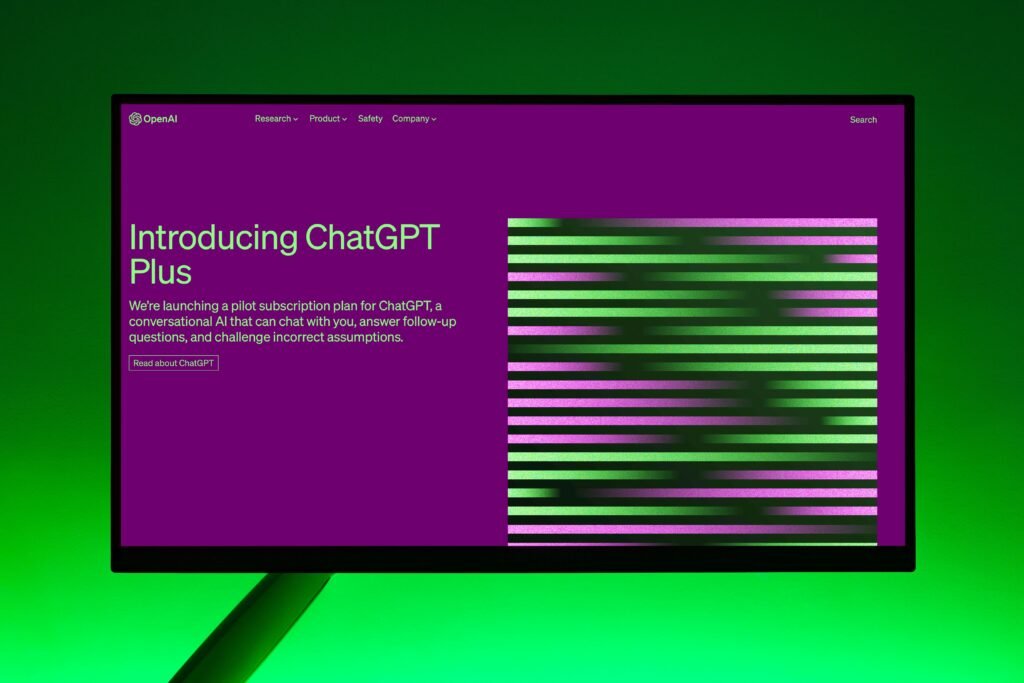🚀 AI in wearables future of health monitoring: 7 Game-Changing Innovations
AI in wearables future of health monitoring: The future of personal healthcare is wearable. Thanks to artificial intelligence, today’s wearables aren’t just fitness trackers—they’re evolving into real-time health monitoring companions. In this article, we explore how AI in wearables is revolutionizing the future of health monitoring in 2025 and beyond.
At AiBlogQuest.com, we’ve rounded up 7 major AI breakthroughs transforming how we manage health and well-being.
🫀 1. AI-Driven Heart Health Alerts
Modern smartwatches use AI to:
-
Detect irregular heart rhythms (like AFib)
-
Monitor heart rate variability (HRV)
-
Alert users and emergency contacts in real-time
Apple Watch Series 9 and Fitbit Sense 2 now feature FDA-cleared ECG functions enhanced with AI.
🧠 2. Stress and Mood Prediction
AI analyzes biometrics like:
-
Heart rate trends
-
Skin temperature
-
Breathing rate
It predicts stress levels and emotional states, helping users respond early. Devices like Whoop 4.0 and Garmin Venu 3 lead in this space.
💤 3. Smart Sleep Optimization
Wearables powered by AI:
-
Detect REM, deep, and light sleep cycles
-
Suggest personalized sleep schedules
-
Use haptics to wake you at optimal times
The Oura Ring Gen 3 uses AI sleep staging to enhance rest and recovery.
🌡️ 4. Real-Time Temperature & Illness Detection
AI enables wearables to:
-
Track skin and core temperature trends
-
Flag early signs of infection or fever
-
Recommend hydration, rest, or medical attention
Fitbit’s Daily Readiness Score and Amazfit’s BioTracker AI Engine are paving the way.
🧬 5. Continuous Glucose Monitoring (CGM)
AI is transforming diabetes care by:
-
Predicting glucose spikes
-
Offering insulin adjustment suggestions
-
Enabling non-invasive tracking via skin sensors
Dexcom G7, Abbott Libre Sense, and Ultrahuman Ring AIR are top players in this revolution.
👟 6. Motion & Fall Detection
AI algorithms can:
-
Analyze gait and posture
-
Detect falls and automatically call for help
-
Alert caregivers or family instantly
Samsung Galaxy Watch 6 and Apple’s Fall Detection AI are saving lives, especially among elderly users.
📊 7. Predictive Health Dashboards
AI-powered apps now offer:
-
Weekly health trend summaries
-
Personalized recommendations
-
Alerts before medical issues escalate
Google Fit AI and Samsung Health provide predictive insights from your wearable data.
🔗 Useful Links from AiBlogQuest.com
❓ FAQ: AI in Wearables & Future of Health Monitoring
Q1. How does AI improve health wearables?
AI detects patterns, predicts issues, and offers personalized advice based on real-time biometric data.
Q2. Are AI-powered wearables accurate?
Yes. Many now have FDA-clearance and use advanced machine learning models for increased precision.
Q3. Can AI wearables replace doctors?
Not yet—but they can supplement early detection, making doctor visits more informed and timely.
Q4. Are AI wearables safe for daily use?
Yes. Most are medically tested and include encryption for data privacy and HIPAA-compliant syncing.
Q5. What’s the future of AI in health tech?
Expect non-invasive diagnostics, mental health prediction, and AI-guided lifestyle coaching as the next big wave.
🏁 Final Thoughts
The integration of AI in wearables is redefining the future of health monitoring. From detecting heart issues to managing sleep and predicting illness, these tools are proactive, powerful, and potentially life-saving.
Keep exploring AI’s future with us at AiBlogQuest.com — where innovation meets insight.
🏷️ Tags:
AI in wearables future of health monitoring, ai health tech 2025, smartwatch ai, ai fitness tracker, aiblogquest, AI in wearables future of health monitoring, AI in wearables future of health monitoring,



